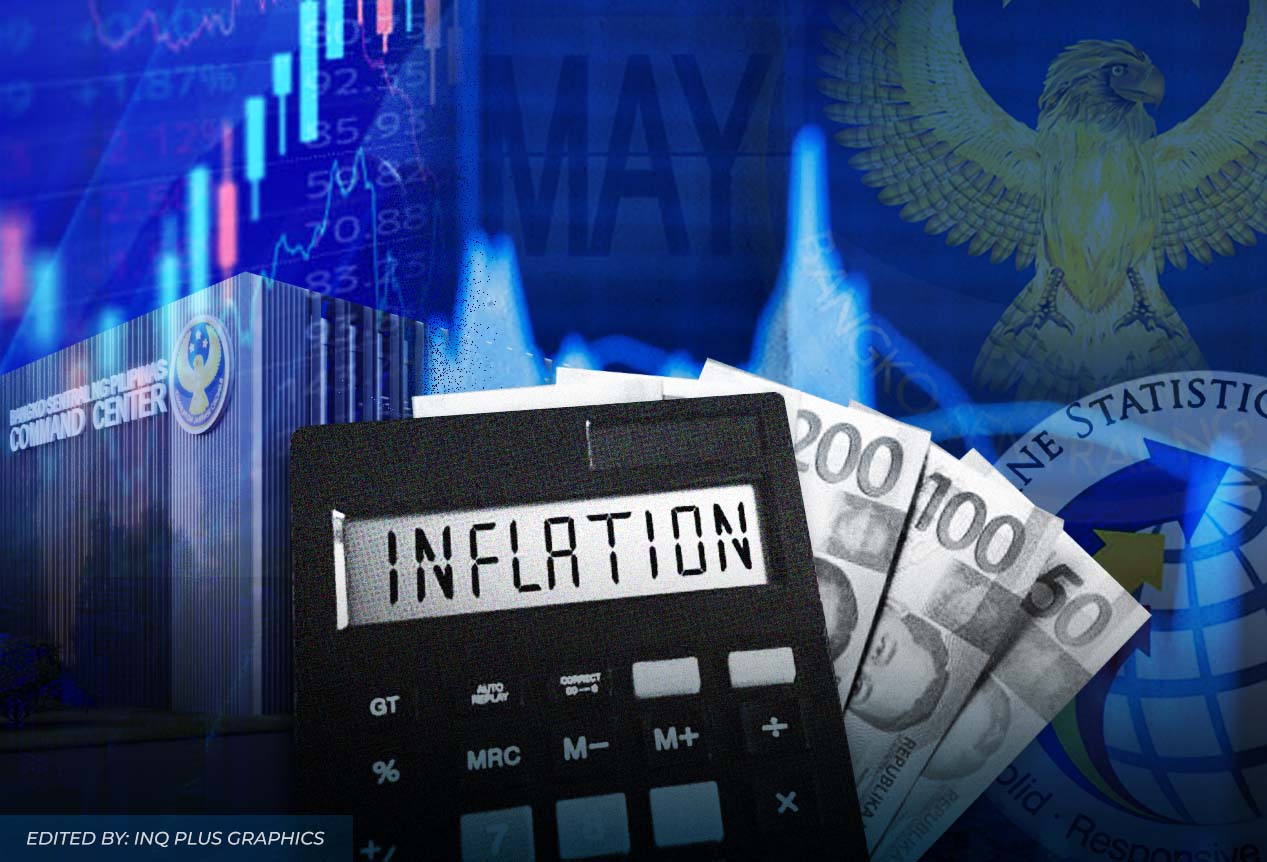Benign October inflation raises hopes for more rate cuts

Inflation was steady at 1.7 percent in October, as cheaper rice prices and slower price increases in other food staples like meat and vegetables offset a faster rise in utility rates.
The latest figure, reported by the Philippine Statistics Authority (PSA) on Wednesday, settled within the 1.4- to 2.2-percent forecast range of the Bangko Sentral ng Pilipinas (BSP) for the month.
In the first 10 months, consumer price increases averaged 1.7 percent, undershooting the 2- to 4-percent target band of the BSP.
The cost of utilities and rent—the main drivers of inflation in October—rose 2.7 percent from 2.1 percent a month earlier, propelled by a 4.1-percent jump in electricity rates and a 5.7-percent increase in water bills.
The uptick was offset by slower food price pressure, which eased to 0.5 percent from 1 percent in the previous month.
Vegetable inflation cooled to 16.6 percent from 19.4 percent, while meat prices rose 5.2 percent, slower than 6 percent earlier. Price hikes in dairy products and eggs also moderated to 1.6 percent from 2.5 percent.
At the same time, rice prices fell by 17 percent in October, slightly deeper than the 16.9-percent decline a month earlier. The PSA said the downtrend may persist amid higher local production and the continued ban on rice imports.
Still, statisticians warned that vegetable prices could rise in the coming months due to recent typhoons. Transport costs may also add pressure to inflation toward year-end as holiday demand builds.
“The steady headline inflation rate shows that our coordinated interventions are helping to maintain adequate supplies and keeping essential goods affordable,” Department of Economy, Planning and Development Secretary Arsenio Balisacan said.
“We remain vigilant in managing risks from weather disturbances, global market volatility and other domestic factors that may affect prices in the coming months,” he added.
More room for BSP
With inflation remaining subdued, the case for additional policy rate cuts through the rest of the year and into 2026 remained alive, as the BSP maintained a pro-growth stance in a bid to supercharge an economy hit by governance issues and weather disturbances.
In a statement, the central bank said potential electricity rate adjustments and possible increases in tariffs on rice imports could add some upward pressures.
But even if those risks materialize, the BSP said they won’t be enough to upset its “generally benign” inflation outlook.
The BSP also flagged the “weakened” domestic growth prospects, citing depressed business sentiment amid the widening probe into anomalous infrastructure spending of the government.
Looking ahead, the central bank said it would use the fresh data to “reassess the impact of prior monetary action.”
In a note to clients, economists at Chinabank Research said more easing actions may be on the horizon.
“We expect overall inflation to remain low for the rest of the year, though upward price pressures may arise from energy—a hefty increase in local pump prices was announced this week—as well as from weather-sensitive food prices,” they said.
“With inflation running low, this would likely provide support for consumer spending and give room for the BSP to continue easing monetary policy,” they added.





















